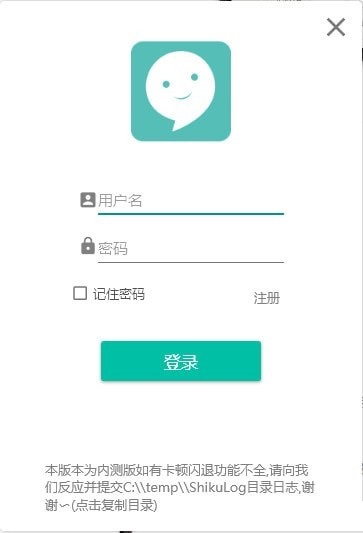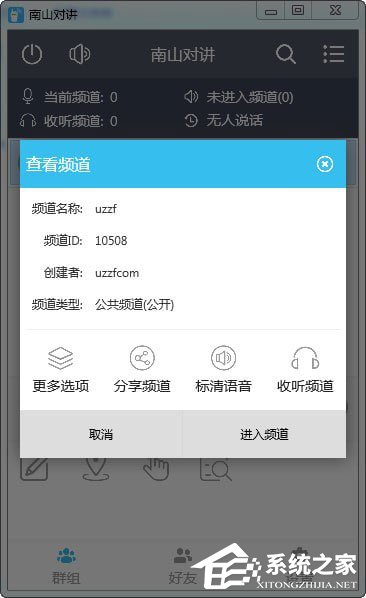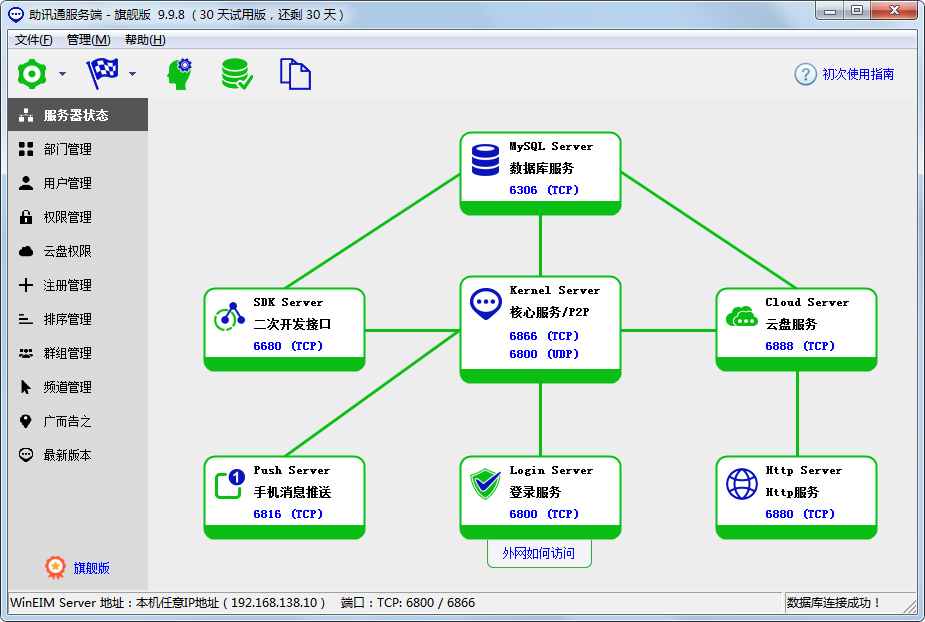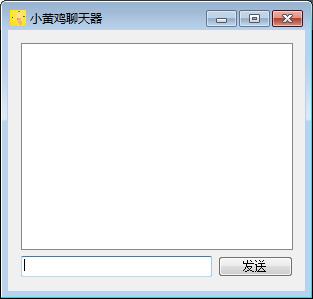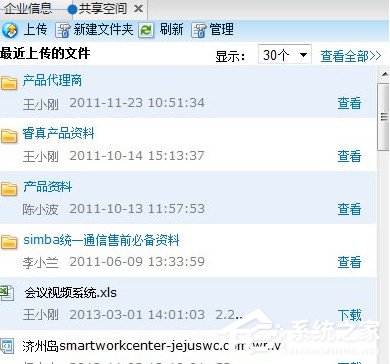SQOOP Load Data from Oracle to Hive Table
时间:2022-03-14 03:40
sqoop import -D oraoop.disabled=true --connect "jdbc:oracle:thin:@(description=(address=(protocol=tcp)(host=HOSTNAME)(port=PORT))(connect_data=(service_name=SERVICE_NAME)))" --username USERNAME --table TABLE_NAME --null-string ‘\\N‘ --null-non-string ‘\\N‘ --hive-import --hive-table HIVEDB.HIVETALBENAME --num-mappers 1 --verbose --password PWD --hive-drop-import-delims --hive-overwrite --fetch-size 500
-D is not the parameter for sqoop, it is used for hadoop.
oraoop.disabled=true
If not set this parameter, the command report a issue: table or view does not exists.
Oraoop is a special plugin for sqoop that provides faster access to Oracle‘s RDBMS by using custom protocols that are not available publicly. Quest software partnered with Oracle to get those protocols, implemented them and created Oraoop.
In our test environment, without this parameter setting, it works fine. For another environment, encounter this issue, before this, I see one log message is : it can‘t be recognized a valid thin url. Maybe the driver issue .
Another thing need to take care is , you ‘d better write TABLE_NAME(VIEW) AND username in UPPER CASE. Or else you may encounter same issue: table or view not exists.
--hive-drop-import-delims
This parameter used to address the known issue, when your fields in the RDBMS table has new line (\r \n or special char such as \001) in the content.
It will break the hive rule. Hive use \001 as default field separator and \n as the row terminator in default.
But if you specify the fields separator or row terminator by yourself, hive will report a error. Hive now just support \n as the row terminator. So you can replace or drop the special char or \r\n in the fields.
--hive-overwrite
This will overwrite the data in the hive table
--fetch-size
This parameter ‘s default value is 1000.
One time, when we load a width view, has about 80 columns. The sqoop command report a error: out of memory .
The java file not generated now. I don‘t know why, but this error occurs before the fetch size setting, so I change this.
The root cause may need get more information from source code .
--null-string ‘‘ --null-non-string ‘‘
For this parameter, the hive will parse NULL in RDBMS to string ‘null‘, with this parameter, it will keep null in hive table.
If the sqoop command will generate the hadoop jar file in temp path, and then execute the mapreduce job.
First , it will load data to HDFS, then create table for hive, then use load command load data from HDFS to datawarehouse folder.
If the command execute successfully, it will clean the staging file.
If it fails when load data to hive or create hive table. The hdfs folder and file will keep in the HDFS.
If you rerun the same command again, it will fail, report the output directory has exists. So just drop it or load the data by self.
If you use --query (-e) , use free query to load data.
Demo : --query "select *from table where \$conditions", in double quote , you should add \, in single quote, not needed for this.
And you should add parameter --target-dir /hdfspath , if you use --query.
when load data from rdbms to hive, if you let the sqoop create the table for you. you will find the integer type will convert to double.
so you need do something for this. please take care.


